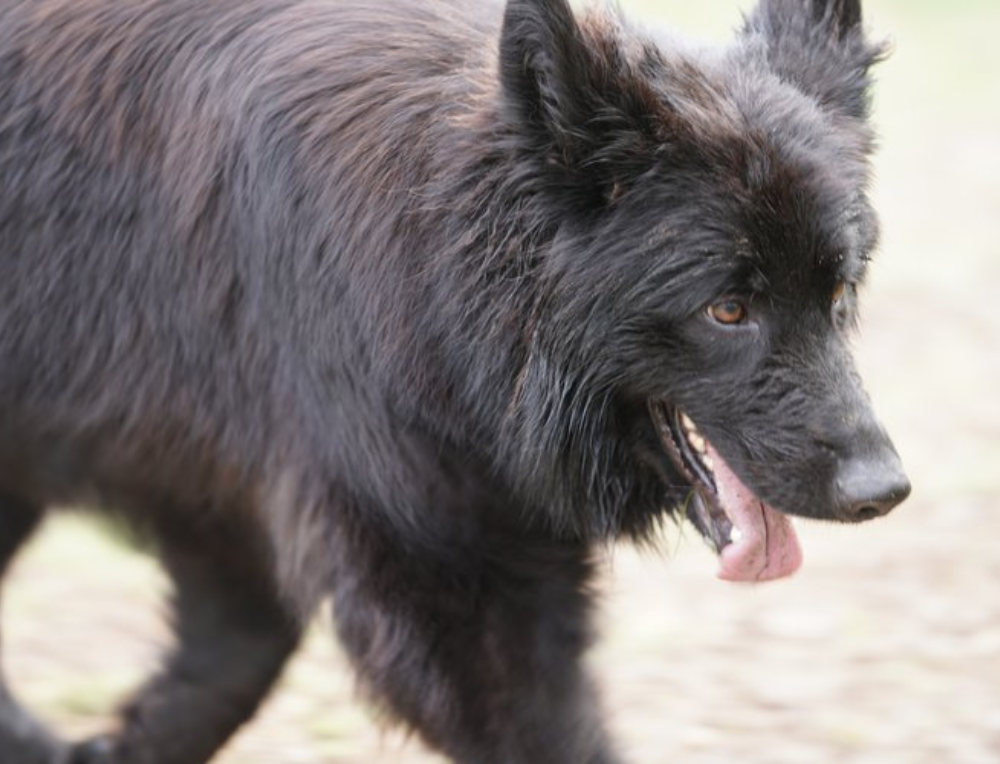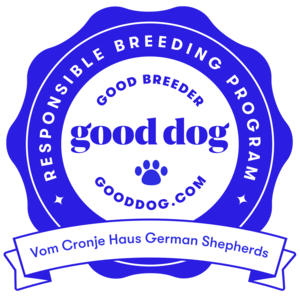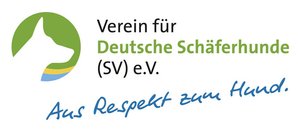Different Kinds of German Shepherds
Admin
March 24, 2023

Long Coat German Shepherds
1. Long coat German Shepherds, also known as longhaired German Shepherds, are a variation of the German Shepherd breed that has a longer and thicker coat than the standard German Shepherd. Here are some facts about long coat German Shepherds:
2. Appearance: Long coat German Shepherds have a longer and thicker coat than the standard German Shepherd. Their fur is usually wavy or straight, and can be black, sable, or a combination of both.
3. Temperament: Long coat German Shepherds are known for their calm and gentle temperament. They are affectionate and loyal to their owners, and are often used as therapy dogs.
4. Exercise: Long coat German Shepherds require daily exercise to maintain their physical and mental health. They enjoy long walks, hikes, and other outdoor activities.
5. Grooming: Long coat German Shepherds require regular grooming to prevent matting and tangling of their long fur. Weekly brushing is recommended to keep their coat clean and healthy.
6. Health: Long coat German Shepherds are generally healthy, but they may be more prone to certain health issues such as hip dysplasia and allergies.
7. Training: Long coat German Shepherds are intelligent and trainable dogs. They respond well to positive reinforcement and enjoy learning new tricks and commands.
8. If you are considering a long coat German Shepherd, be sure to do your research and find a reputable breeder who can provide you with a healthy and well-socialized puppy. With proper care and training, a long coat German Shepherd can make a wonderful companion and family pet.
West German Showline German Shepherds
West German showline German Shepherds are a type of German Shepherd that has been selectively bred for their conformation and temperament, with an emphasis on the show ring. Here are some facts about West German showline German Shepherds:
9. Appearance: West German showline German Shepherds have a distinctive appearance, with a straighter back and a sloping rear, as well as a longer and thicker coat than other types of German Shepherds. They are usually black and red in color, and have a strong, muscular build.
10.Temperament: West German showline German Shepherds are known for their confident and loyal temperament. They are highly trainable and excel in obedience, protection work, and agility.
11.Breeding: West German showline German Shepherds are bred for their conformation and temperament, with an emphasis on producing dogs that excel in the show ring. Breeders carefully select dogs that have the desired physical and behavioral traits.
12.Health: West German showline German Shepherds are generally healthy, but they may be more prone to certain health issues such as hip dysplasia and digestive problems.
13.Training: West German showline German Shepherds are highly trainable and respond well to positive reinforcement. They are often used as police and military dogs, as well as in search and rescue and therapy work.
14.Socialization: Like all German Shepherds, West German showline German Shepherds require early and ongoing socialization to prevent shyness and aggression towards strangers.
15.If you are considering a West German showline German Shepherd, be sure to do your research and find a reputable breeder who can provide you with a healthy and well-socialized puppy. With proper care and training, a West German showline German Shepherd can make a wonderful companion and working dog.
German Shepherd American Lines vs European Lines
1. German Shepherds bred in American and European lines can have differences in physical appearance, temperament, and working ability. Here are some of the differences between German Shepherd American lines vs European lines:
2. Physical Appearance: American lines tend to be larger in size, with a straighter back and a sloping rear, while European lines have a more compact and muscular build, with a sloping back. European lines also tend to have a more pronounced head and darker pigmentation.
3. Temperament: European lines tend to be more active, energetic, and driven than American lines. They are often used for protection, police, and military work, while American lines are often bred for show and companion purposes.
4. Working Ability: European lines are known for their strong working ability, and are often used in search and rescue, police, and military work. American lines are generally more laid back and are often bred for show and companion purposes.
5. Health: European lines tend to have fewer health problems than American lines, as European breeders place a greater emphasis on health testing and screening before breeding.
6. Breeding: European breeders tend to place a greater emphasis on the dog’s working ability and temperament when breeding, while American breeders tend to focus more on the dog’s appearance and conformation.
7. It’s important to note that there is a lot of variation within both American and European lines, and individual dogs can have a wide range of personalities, temperaments, and working abilities. When choosing a German Shepherd, it’s important to do your research, find a reputable breeder, and select a dog that matches your lifestyle and needs.
Adopt a Dog
Dogs come into our lives to teach us about love; they depart to teach us about loss. A new dog never replaces an old dog. It merely expands the heart.







